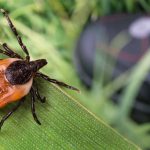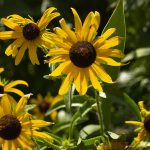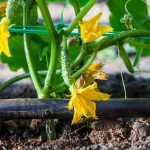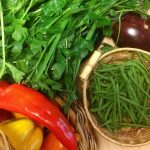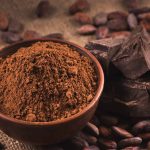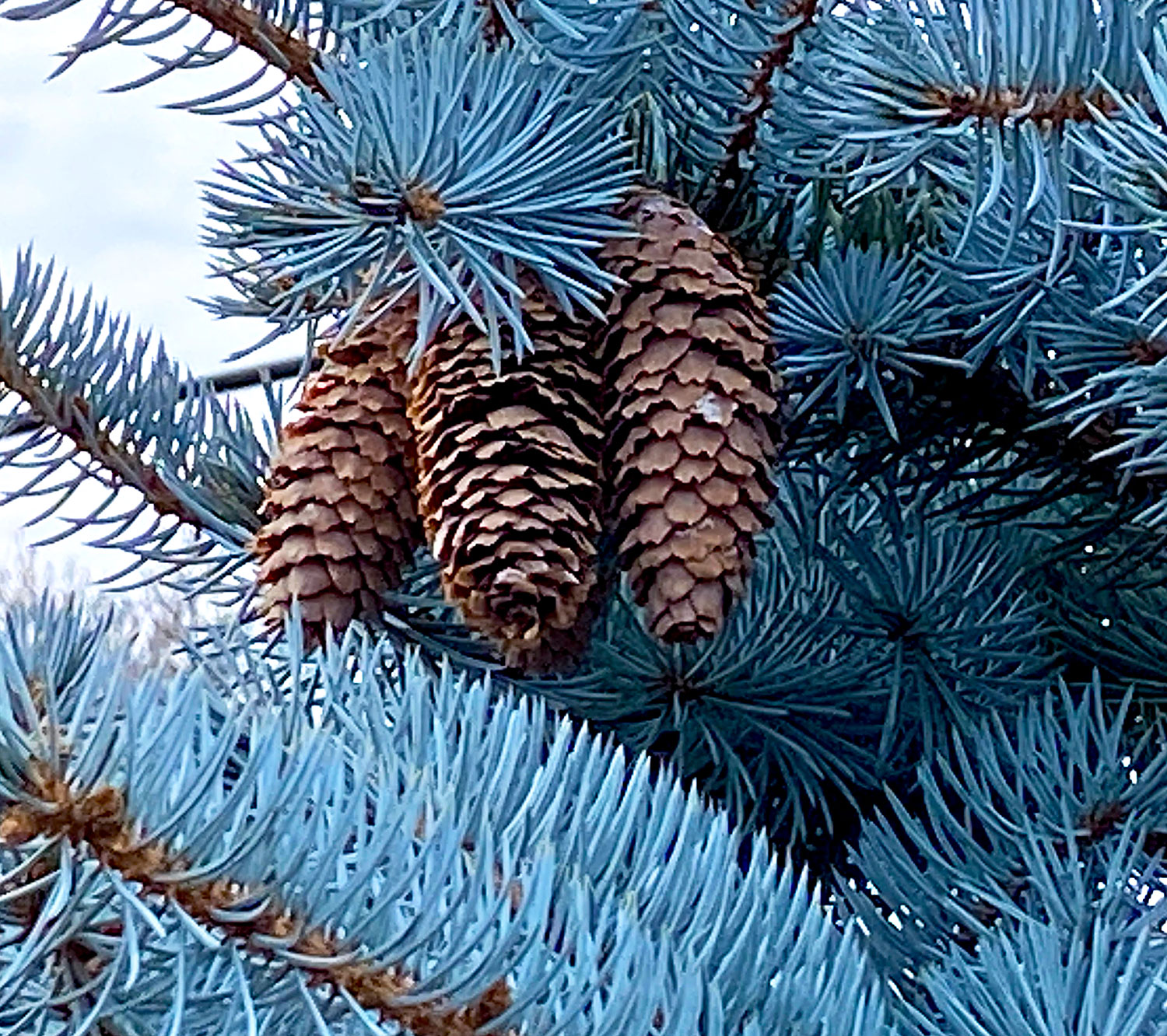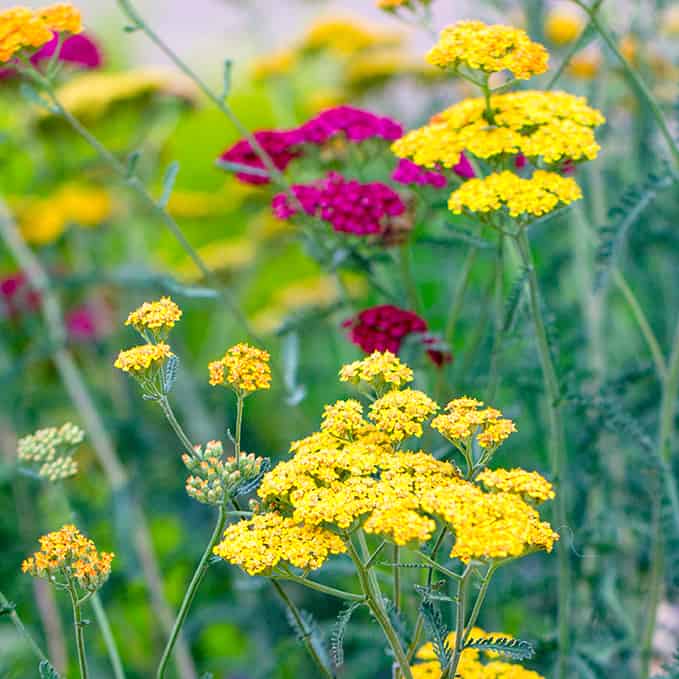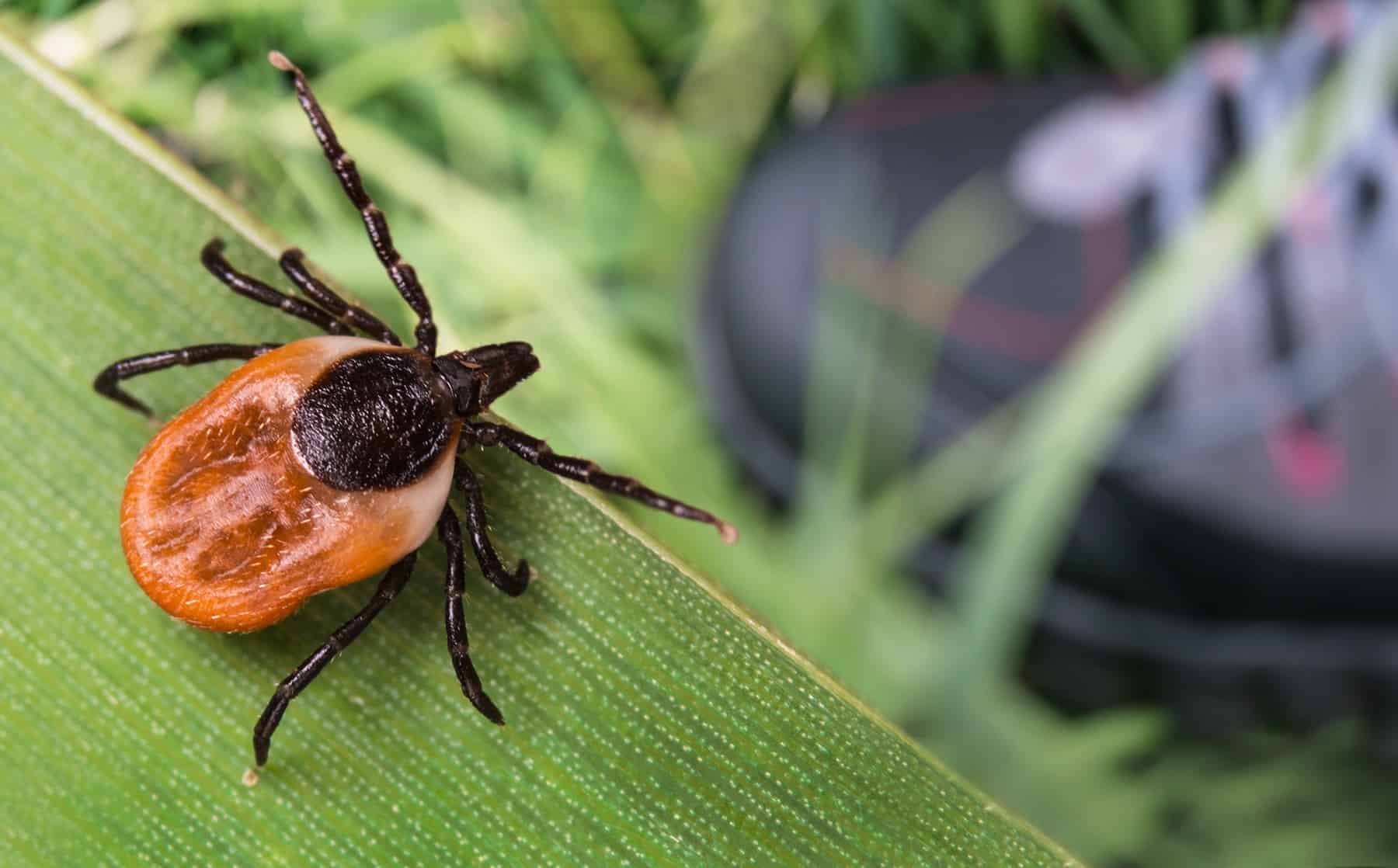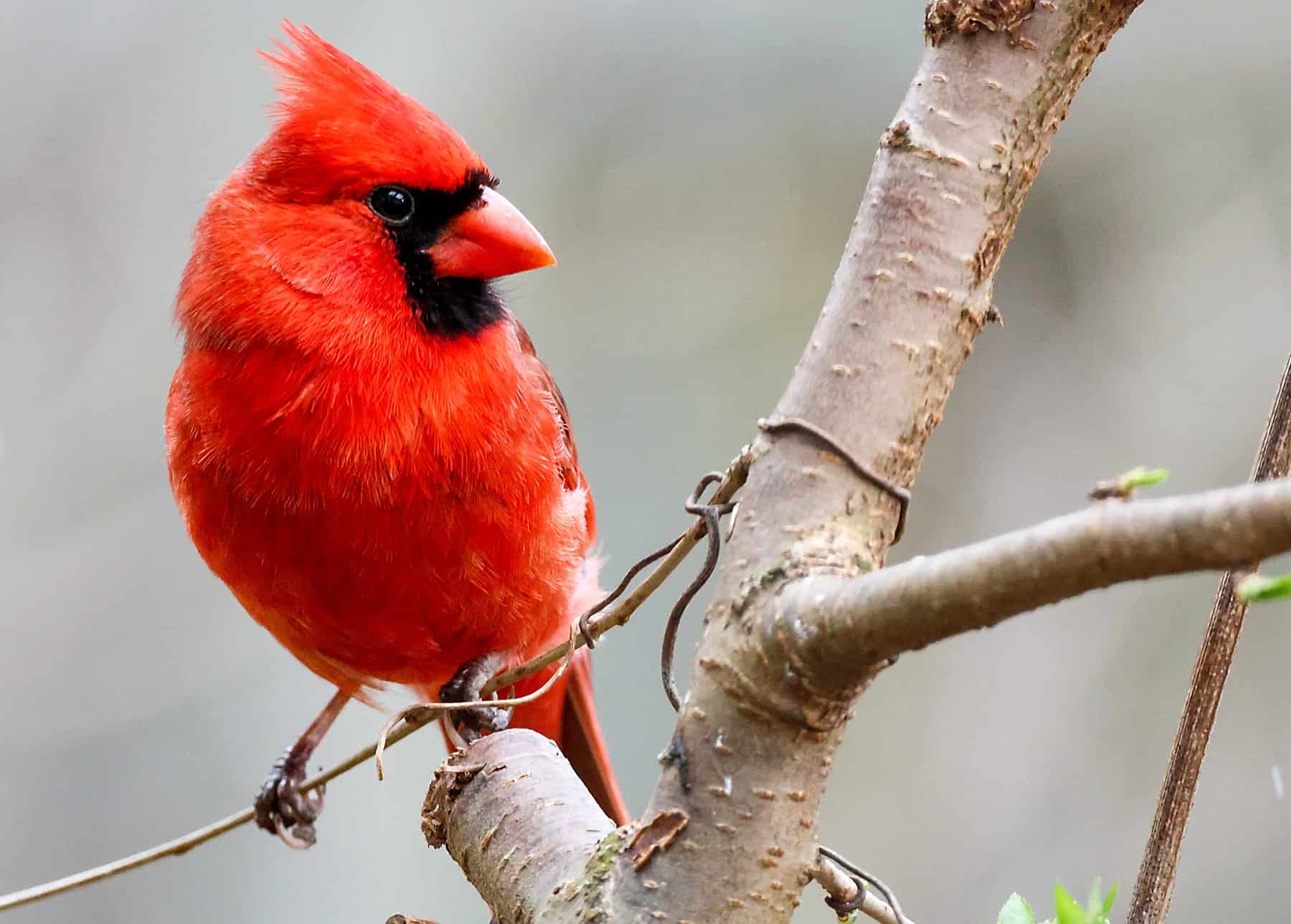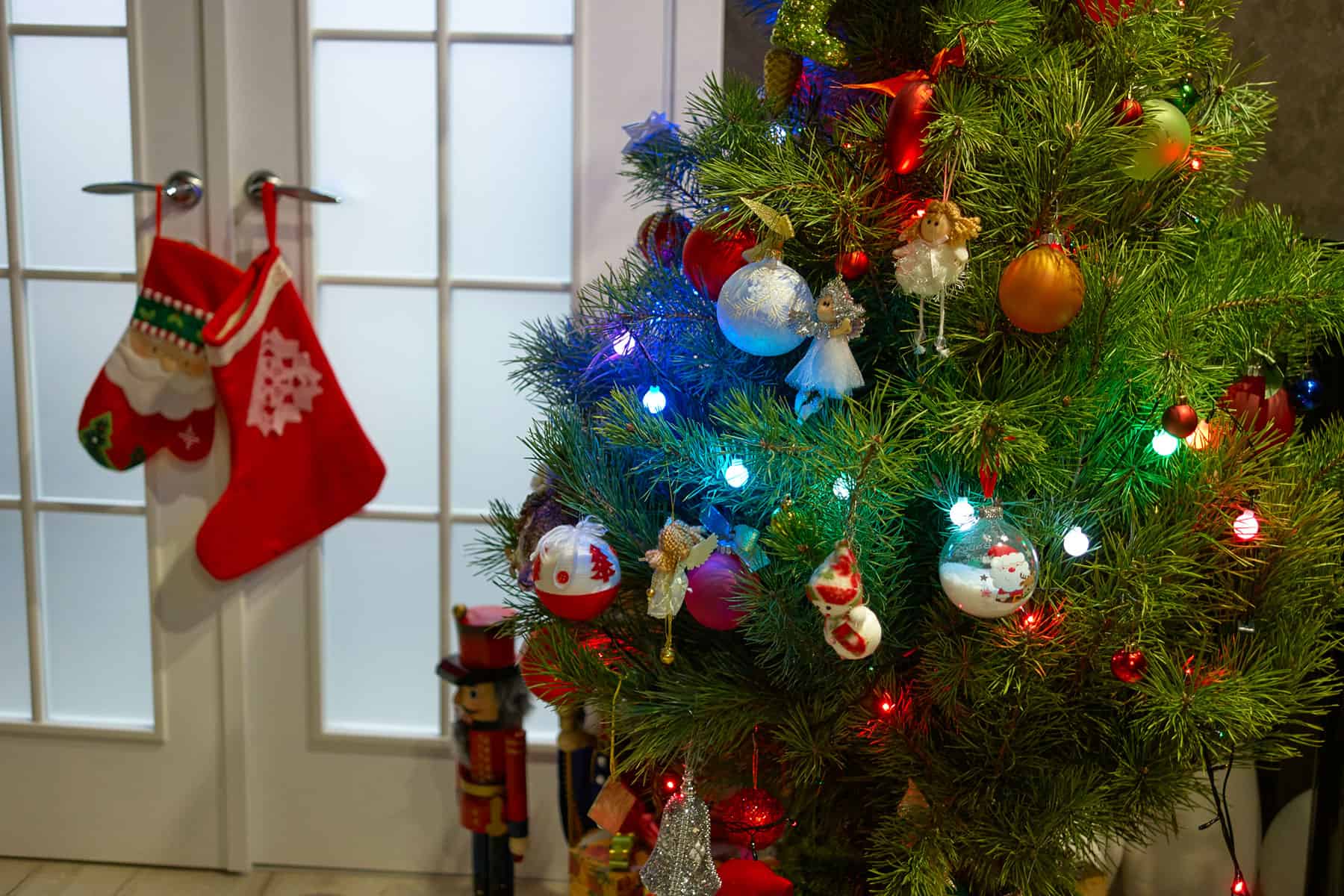[ad_1]
Nonetheless as with nearly each half in gardening, the definition isn’t so clear decrease. The prolonged reply is, there are moreover semi-evergreen and semi-deciduous crops.
Why it is best to know the excellence between evergreen and deciduous
Evergreen and deciduous timber and shrubs play fully totally different roles inside the panorama, significantly in winter. Evergreens will be utilized for year-round windbreaks and all-season security from excessive local weather. Along with evergreen shrubs, as well as they add some inexperienced to an in some other case gray panorama inside the coldest months.
Deciduous timber could possibly be planted to strategically shade your personal residence from late afternoon photo voltaic in summer season. When their leaves are absent in winter, along with the shade, the photo voltaic warms your personal residence inside the afternoon. Aside from the utilitarian capabilities, aesthetics play a job too. Sooner than planting, think about the way in which you’d like your panorama to look in all 4 seasons, which crops reward each other, and plant accordingly (please choose native crops in your area). There are moreover causes for planting evergreens and deciduous crops to revenue your native ecosystem and wildlife habitat.
What’s an evergreen tree or shrub?
An evergreen is a perennial that retains its leaves all 12 months lengthy and into the next rising season. Really, evergreens solely appear to keep up their leaves all season. They lose their leaves progressively all 12 months lengthy, and by no means unexpectedly like deciduous crops (subsequently, pine needles on the forest flooring).
Some evergreens have leaves we title “needles” – prolonged and thin and customarily sharp, like these on pine timber or blue spruce. Others have thick, broad leaves which is likely to be leather-like, such as a result of the foliage on rhododendrons. Some evergreens produce cones instead of flowers and are referred to as conifers – like pine, cedar, and spruce timber. Most conifers are evergreens, nonetheless not all.
Semi-evergreen crops
A plant is claimed to be semi-evergreen when their growth pattern falls between evergreen and deciduous. They may shed their foliage for lower than a short time in winter, after which regrow leaves a month or two later. Totally different semi-evergreens might lose some nonetheless not all of their leaves for lower than a fraction of a season. A semi-evergreen may also be evergreen in a light-weight native climate nonetheless deciduous in a colder native climate.
Examples of evergreens
Plenty of the timber and shrubs listed are plant households. Some are frequent names. Please search the recommendation of your native school extension for evergreen crops which is likely to be hardy in your area.
| Agave | Inkberry |
| Anacua (Knockaway, Sandpaper Tree) | Juniper |
| Anacahuite (Wild Olive) (Mexican-Olive) | Leucothoe |
| Arborvitae | Magnolia |
| Artemisia | Mahonia |
| Berberis (Barberry) | Manzanita |
| Bayberry (semi-evergreen) | Mountain Laurel |
| Bay Laurel | Nolina |
| Bluewood | Pacific Madrone |
| Boxwood | Palm timber |
| Broom | Pieris |
| Cactus | Pine |
| Calliandra (semi-deciduous or evergreen counting on native climate) | Pyracantha |
| Camellia | Redwoods |
| Cedar | Rhododendron / Azalea |
| Cercocarpus (mountain mahogany) | Snowbrush |
| Cotoneaster | Spruce |
| Cypress | Toyon |
| Daphne | Vauquelinia |
| Euonymus | Viburnum (some) |
| Fir | Wax Myrtle |
| Firethorn (semi-evergreen) | Yew |
| Hemlock | Yucca |
| Holly |
What’s a deciduous tree or shrub?
Typically, deciduous timber and shrubs lose their leaves on the end of the rising season. In temperate areas, this occurs inside the fall, and in tropical and sub-tropical areas inside the dry season. Usually, leaves flip from inexperienced to orange, yellow or purple, after which brown correct sooner than they fall. Deciduous crops moreover might lose their leaves when beneath stress from poor planting, extended heat, drought, pests, or sickness. The deciduous tree or shrub can lose leaves at anytime when circumstances ship the plant into dormancy.
Semi-deciduous crops
A plant is semi-deciduous within the occasion that they shed leaves (go into dormancy) for lower than part of summer season or winter.
Examples of deciduous timber and shrubs
A lot of the timber and shrubs listed are plant households. Some are moreover frequent names. Please search the recommendation of your native school extension for deciduous crops which is likely to be hardy in your area.
| Abelia | Ironwood |
| Acacia | Itea |
| Aesculus (buckeye, horse chestnut) | Jacaranda |
| Alder | Lilac |
| American Yellowwood | Linden |
| Ash | Locust |
| Aspen | Maclura (osage orange, horse apple, hedge apple) |
| Basswood | Maple |
| Beech | Mesquite |
| Birch | Morus (Mulberry) |
| Blackgum | Myrica (bayberry) |
| Blackhaw | Ninebark |
| Blueberry | Oak |
| Buddleia (Butterfly Bush) | Pawpaw |
| Callicarpa (Magnificence Berry) | Pecan |
| Calycanthus (sweetshrub, carolina allspice) | Persimmon |
| Catalpa | Phellodendron (corktree) |
| Cephalanthus (button bush) | Plum |
| Cherry | Poplar |
| Chionanthus (fringetree) | Potentilla |
| Chokeberry | Redbud |
| Chokecherry | Sassafras |
| Cladrastis (yellowwood) | Serviceberry |
| Cottonwood | Sourwood |
| Crape Myrtle | Spirea |
| Crataegus (hawthorn, quickthorn, thornapple, cockspur thorn, maytree, hawberry) | Staphylea (bladdernut) |
| Daphne | Sumac |
| Dogwood | Sweetgum |
| Elderberry | Sycamore |
| Elm | Tamarack |
| Fothergilla | Viburnum |
| Forsythia | Walnut |
| Franklin Tree | Willow |
| Ginkgo | Winterberry |
| Gymnocladus (coffeetree) | Witch Hazel |
| Halesia (Silverbell) | |
| Hazel | |
| Hemlock | |
| Hickory | |
| Honey Locust | |
| Honeysuckle | |
| Hornbeam | |
| Hydrangea |
[ad_2]

